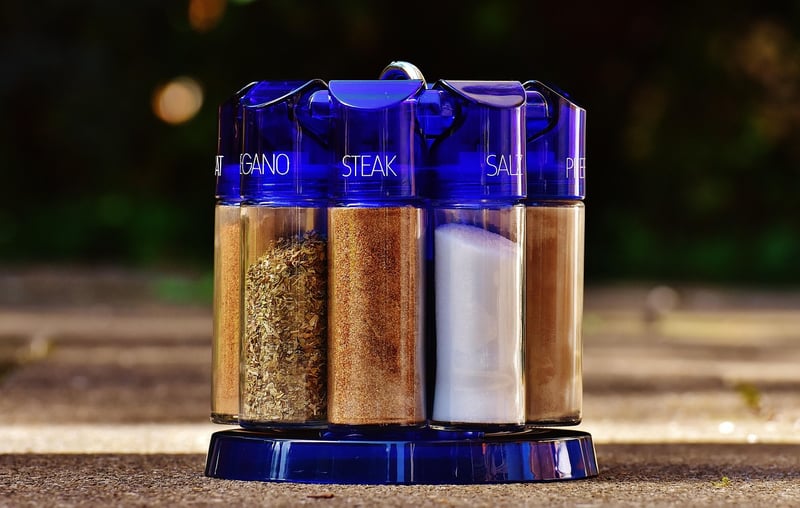Sensory Analysis
The Science Behind Flavors and Sensory Analysis
Flavors are an essential aspect of our daily lives, influencing our food choices and dining experiences. Have you ever wondered what makes a particular dish taste so delicious or why certain flavors blend harmoniously together? Let's delve into the fascinating world of flavors and explore the science behind them through sensory analysis.
Understanding Flavor Perception
Flavor perception is a complex process that involves our senses of taste, smell, sight, touch, and even hearing. The taste buds on our tongues can detect basic tastes like sweet, salty, sour, bitter, and umami. However, it's our sense of smell that plays a significant role in distinguishing various flavors. When we eat, volatile compounds from the food travel to our olfactory receptors, contributing to our overall flavor experience.
The Role of Sensory Analysis
Sensory analysis is a scientific discipline used to evaluate and understand how we perceive food and beverages. Through sensory analysis, trained panelists assess attributes like taste, aroma, texture, and appearance to provide detailed feedback on a product's sensory characteristics. This information is crucial for food manufacturers and chefs to create products that appeal to consumers' palates.
Key Factors in Sensory Analysis
- Appearance: Visual presentation greatly influences our perception of food. Colors, shapes, and packaging can influence our expectations of taste.
- Aroma: Our sense of smell is closely linked to our sense of taste. Aroma compounds can greatly enhance or alter the flavor of a dish.
- Taste: The combination of sweet, salty, sour, bitter, and umami tastes creates a balanced flavor profile.
- Texture: The mouthfeel of food, including factors like crunchiness, creaminess, and chewiness, affects our overall enjoyment.
Enhancing Flavor Experiences
To enhance your flavor experiences, consider experimenting with different ingredients, cooking techniques, and flavor combinations. Pay attention to how various flavors interact with each other and try to balance contrasting tastes for a more dynamic palate experience.
Remember, the science of flavors and sensory analysis offers a deeper understanding of why we enjoy certain foods and beverages. By exploring these concepts, you can elevate your culinary skills and appreciate the intricate world of flavors around you.

Explore the art and science of flavors further to unlock a world of culinary delights!
For more information on sensory analysis and flavor profiles, check out The Society of Sensory Professionals.
